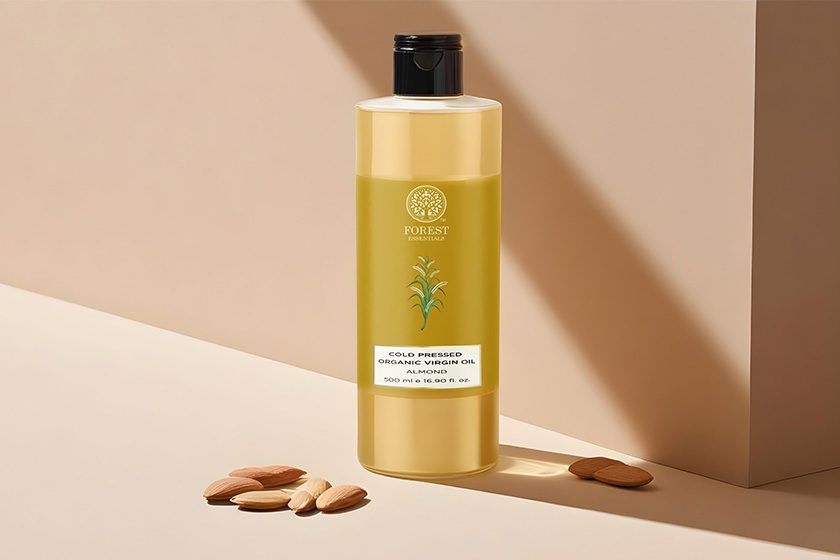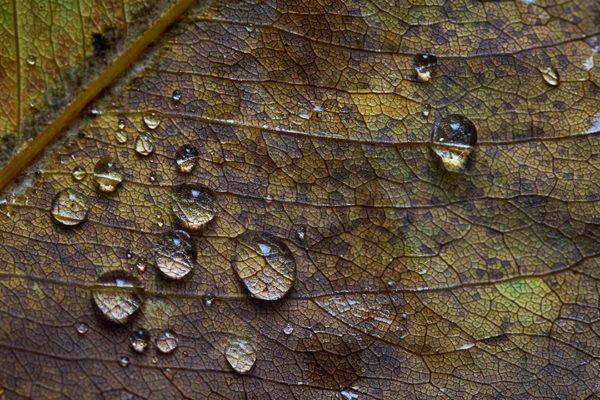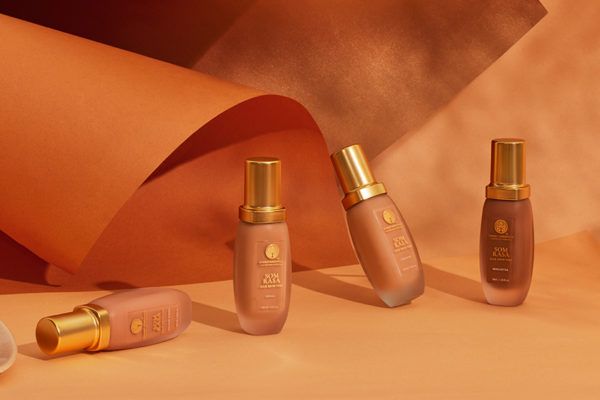The warmth of the sun, which feels relaxing during winter and harsh in summer, consistently manages to damage your skin no matter the season. When you step out in the sunlight, you are exposed to the ultraviolet rays of the sun that penetrate the skin and damage the skin cells. Therefore, it is always recommended to keep yourself protected from the sun through relevant additions to your skincare routine and some lifestyle changes. If you are still not using sunscreen or sunblock, it is high time to incorporate one into your daily skincare routine. Always opt for sunscreens that offer broad-spectrum protection with an SPF of 25 or higher to protect the skin from the damaging effects of the sun.
In this blog, we will delve into the causes, signs and possible treatment options for sun damaged skin.
What is Sun Damaged Skin?
Sun damaged skin also referred to as photoaging, is caused when the UV rays of the sun damage the healthy skin cells and break down the connective tissues, namely collagen and elastin that are present in the skin. This results in loss of skin elasticity and makes signs of ageing to show up prematurely.
Main Causes of Sun Damage on Skin
The sun emits radiations known as UVA and UVB rays that pose a significant threat to human skin. Both of these rays damage the skin cells and can increase the likelihood of developing skin cancer. Let us further understand how each of these rays affects the skin.
UVA Rays
These rays are responsible for the breakdown of collagen and elastin and cause signs of ageing such as wrinkles, fine lines, pigmentation and saggy skin.
UVB Rays
These rays penetrate the outer layer of the skin and cause sunburns, redness, inflammation and even blisters. The skin’s defence mechanism in this case is to produce more melanin, which is the pigment that gives the skin its colour. That’s why when you spend more time in the sun, it leads to tanning.
Signs of Sun Damaged Skin
1. Pigmentation
Pigmentation is one of the first signs of sun damage on the skin is uneven pigmentation. As stated above, the skin produces more melanin to protect itself from the damaging effects of the sun. This is what causes a sun tan. There are various factors involved like genetics, hormones, age, and inflammation which can lead to uneven melanin production. It usually occurs as patches on your skin that are darker than your complexion and are usually not painful or itchy.
2. Fine Lines and Wrinkles
An evident sign of your time in the sun, exposure to UV rays accelerates the breakdown of collagen and elastin, which leads to premature ageing. As a result, you may begin to notice fine lines and wrinkles forming, particularly around areas that are frequently exposed to the sun like the forehead, eyes, and mouth.
3. Spider Veins
Sun exposure increases the appearance of spider veins particularly around your nose and cheeks. When the sun’s heat reaches the veins, it causes them to swell leading to increased blood flow. This results in the expansion of the spider veins and they become more prominent. Furthermore, the sun’s rays can break down collagen and weaken the skin’s elasticity, which causes your skin to become thinner, making the veins more visible.
Age Spots, Sun Spots and Freckles
The primary cause of age spots and freckles is overexposure to UV rays and the subsequent production of melanin by the skin to protect it. Freckles are most commonly seen in people with fair skin tones, although they can occur in people with any skin tone. These can be passed on genetically too. Age spots are generally common among people aged over 50 years but can occur in youngsters as well if they are exposed to the sun for longer durations.
Simple Ways To Keep Yourself Protected From The Sun
It’s never too late to practice effective sun protection to prevent your skin from damage or further damage. Here are some useful tips to keep in mind to ensure you’re protected at all times.
- Always apply a broad spectrum sunscreen that gives protection from both UVA and UVB rays. This is non-negotiable and must be done daily, irrespective of the weather and the fact whether you are stepping outdoors or staying indoors.
- While opting for sunscreen, ensure that the sun protection factor is atleast 25 or higher. The SPF of the sunscreen denotes how well it will block the UV rays of the sun.
- While stepping out in the sun, wear clothing that covers your skin as much as possible to block the damaging rays of the sun right away. You can also carry an umbrella or wear hats and sunglasses whenever possible.
Ingredients To Repair Damaged Skin
Aloe Vera


Known for its soothing and anti-inflammatory properties, pure Aloe Vera can calm and moisturise inflammed skin. All you have to do is apply a generous amount of Forest Essentials’ Pure Aloe Vera Gel on the affected area. Leave it on for 15-20 minutes, then rinse it with water.
Sandalwood


Sandalwood possesses anti-inflammatory qualities making it ideal for reducing redness and restoring balance. Mix sandalwood powder with a few sprays of Forest Essentials’ Facial Tonic Mist to form a paste. Gently apply the paste to the sunburned areas and let it rest for a few minutes before rinsing with water.
Cucumber

With its high water content cucumber aids in hydrating and calming irritated skin. Slice a chilled cucumber, place the slices on the affected areas, or blend it into a paste and apply directly. Leave on for 10-15 minutes and then rinse off with water.
Coconut Oil

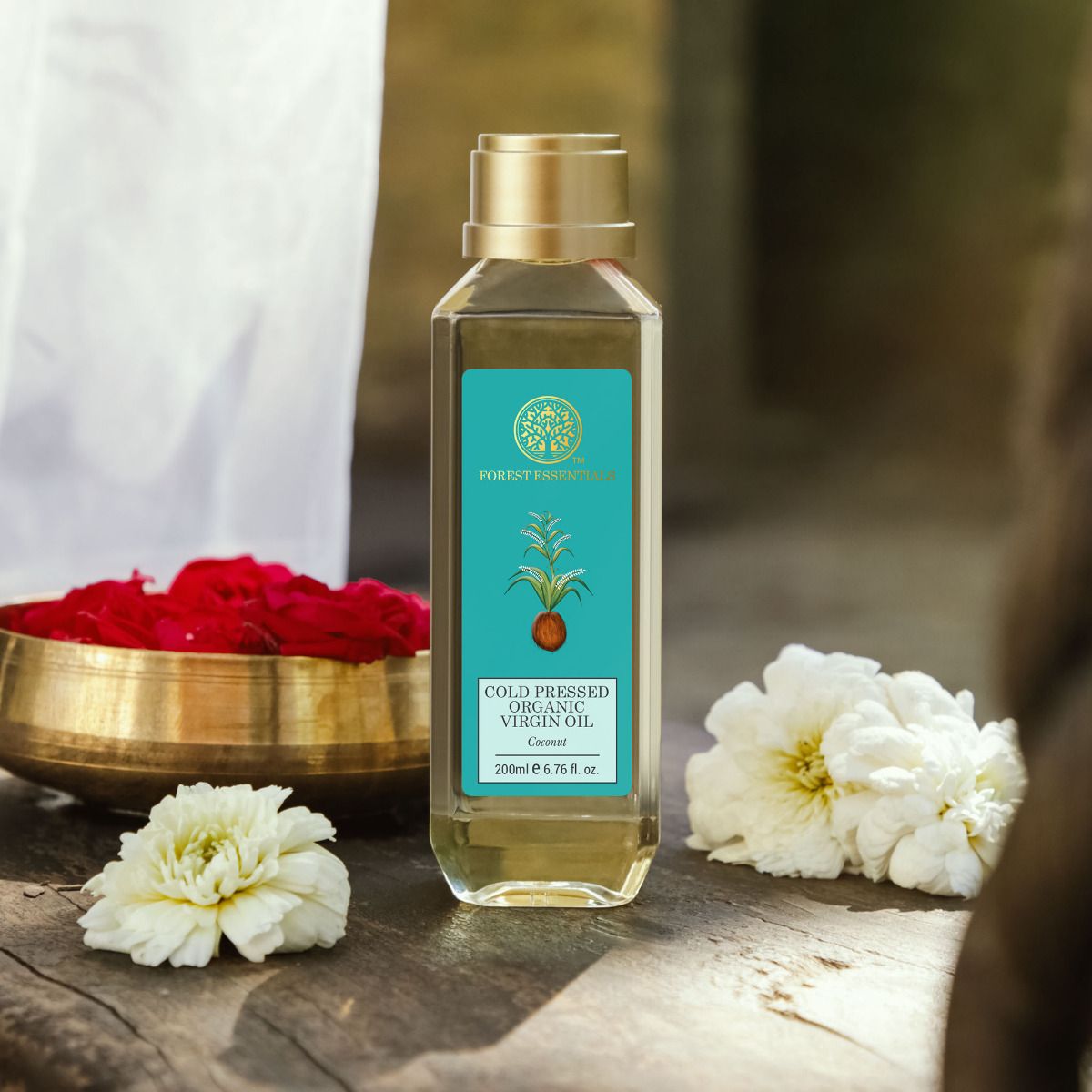
Rich in fatty acids, coconut oil deeply nourishes and hydrates dry, sun damaged skin. Gently massage a small amount of Forest Essentials’ Organic Cold Pressed Virgin Coconut Oil into the skin and allow it to fully absorb.

Almond Oil is packed with Vitamin E, which helps in skin repair and shields you from free radical damage. Gently massage a few drops of Forest Essentials’ Cold Pressed Virgin Almond oil and leave it overnight for deep hydration and repair.
Essential Everyday Habits For Healthy Skin
Keep Yourself Hydrated
Internal hydration is just as crucial as external care. Drink a sufficient amount of water throughout the day to eliminate toxins from your body and keep your skin clear. Adding coconut water and fresh juices to your daily diet offers additional benefits as well.
Add Antioxidant-rich Foods To Your Diet
Foods rich in antioxidants, like berries, leafy vegetables, and green tea, can fight off free radicals and reduce the effects of oxidative stress on your skin.
Be Mindful of Timings
Avoid direct sun exposure during peak hours. If you must be outside, opt for a sunblock with a higher SPF. Try to reapply your sunscreen every two hours to effectively protect yourself from damaging rays of the sun.
Ayurvedic Products For Optimal Sun Protection
Forest Essentials brings forth a plethora of products infused with Ayurvedic ingredients that nourish your skin and also keep it protected from harmful UV rays. These creams are infused with a natural, effective and safe form of SPF known as Yashad Bhasma, or Mineral Zinc Oxide.
1. Soundarya Radiance Cream with 24K Gold & SPF 25


The bestselling and award-winning Soundarya Radiance Cream with 24K Gold & SPF 25 is a transformative age-defying cream formulated to firm, illuminate, and smoothen the skin. It comes with natural SPF 25 that helps neutralise UVA and UVB radiation and protects the from the sun damaged skin, environmental stressors and pollution.
2. Sun Fluid Tender Coconut Water with Turmeric & Basil Leaf SPF 50 PA++


Created with tender Coconut Water, fresh Basil leaves and cooling Aloe Vera, the Sun Fluid SPF 50 I PA++ shields the skin from the harmful effects of the harsh UVA/UVB rays. Natural Mineral Ayurvedic Yashada Bhasma increases the intensity of sun protection and shields your skin from ageing and other environmental damage. With SPF 50 | PA++ it offers all-round sun protection of up to 6 hours.
3. Light Day Lotions with SPF 25

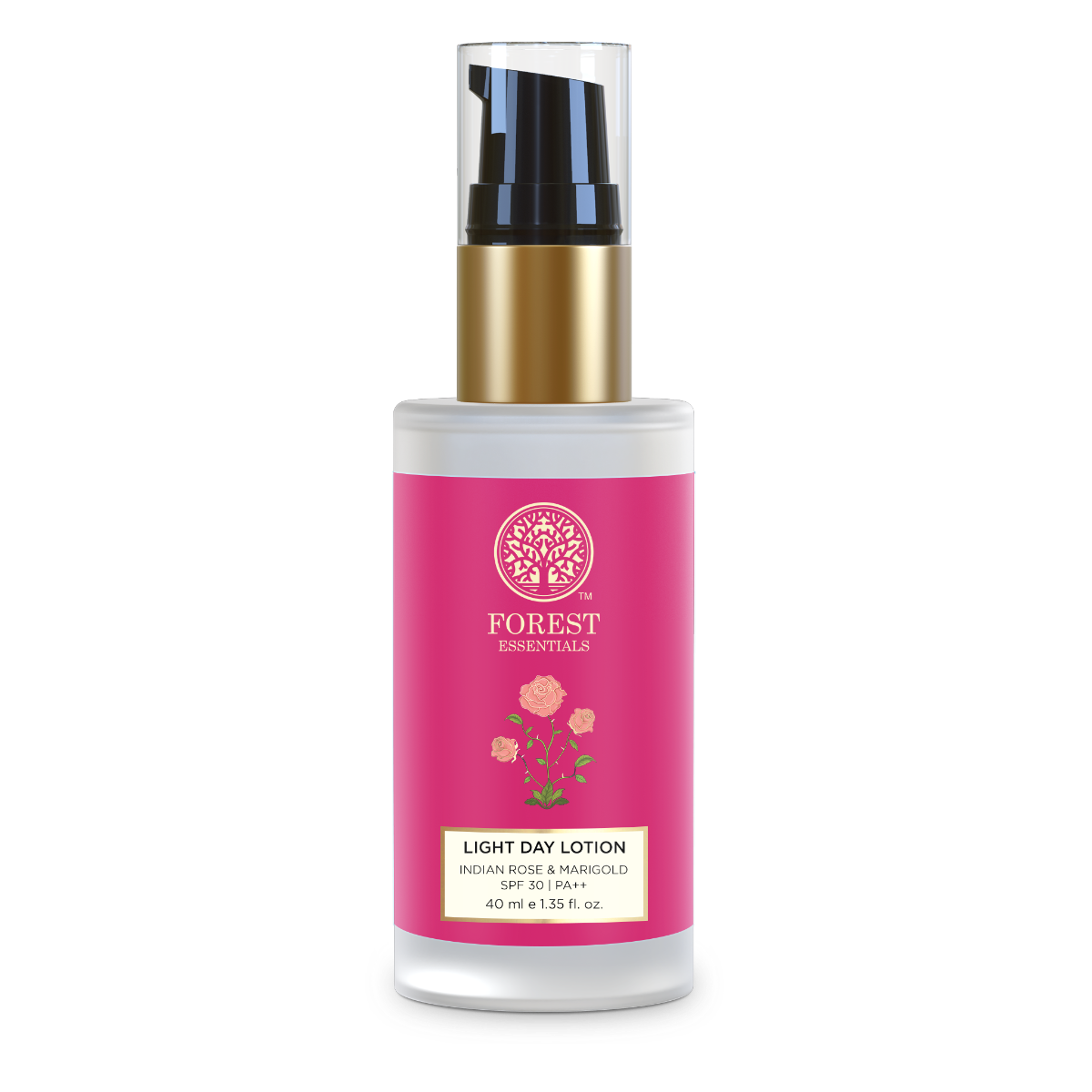
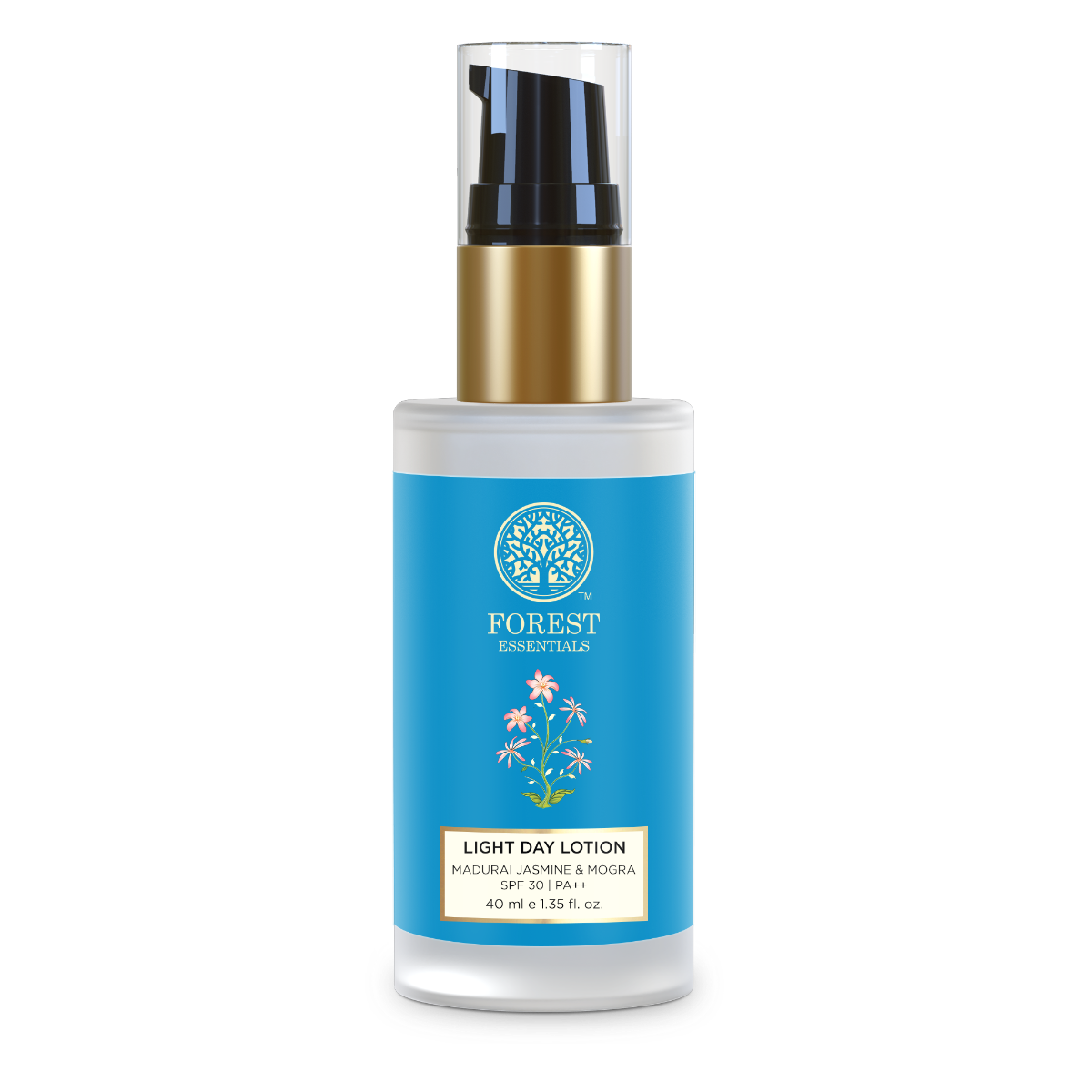

Forest Essentials Light Day Lotions come in three different variants, all infused with natural SPF 25 to ensure your skin stays safe from harmful UV rays. They have a lightweight texture and are ideal for everyday usage. Apart from effective sun protection, they provide optimal hydration to your skin too.
Conclusion
Exposure to the sun cannot be fully eliminated, therefore one needs to ensure that they stay as protected from the damaging effects of the UV rays as possible. A few additions to your skincare routine can help you avoid permanent sun damaged skin. Furthermore, incorporating a few mindful habits, in addition to applying sunscreen every day can help your skin stay healthy and look its best.
FAQs
Can sun damaged skin be fully repaired?
Some forms of sun damaged like sunburn, blisters, tanning, etc. can heal over time, other effects like age spots, and actinic keratosis tend to be permanent.
Does wearing sunscreen make a difference?
Yes, because sunscreen shields your skin by blocking the harmful UV rays from penetrating your skin and causing any damage.
What SPF Level should I apply on a regular basis?
For everyday use, you can opt for a broad spectrum sunscreen with an SPF 25 atleast. If you plan on staying outdoors for long, you should apply a sunscreen with an SPF 50 or higher.
How soon should I see results from sun damage treatments?
Based on what the treatment is and the intensity of the damage, skin treatment may take a few weeks to show results. Professional skin treatments, such as chemical peels and laser therapy, can provide faster results.
Can I reverse sun damage at any age?
Although younger skin tends to respond faster to skin treatments, it’s never too late to start the process of treating sun damaged skin.
Are there any natural remedies for treating sun damage?
Yes, natural remedies such as aloe vera, coconut oil, green tea extract, and foods rich in vitamin C can help relieve sunburn, enhance hydration, and offer antioxidant benefits.
References
https://my.clevelandclinic.org/health/diseases/5240-sun-damage-protecting-yourself
https://www.yalemedicine.org/conditions/sun-damage
https://www.ncbi.nlm.nih.gov/pmc/articles/PMC8802961




